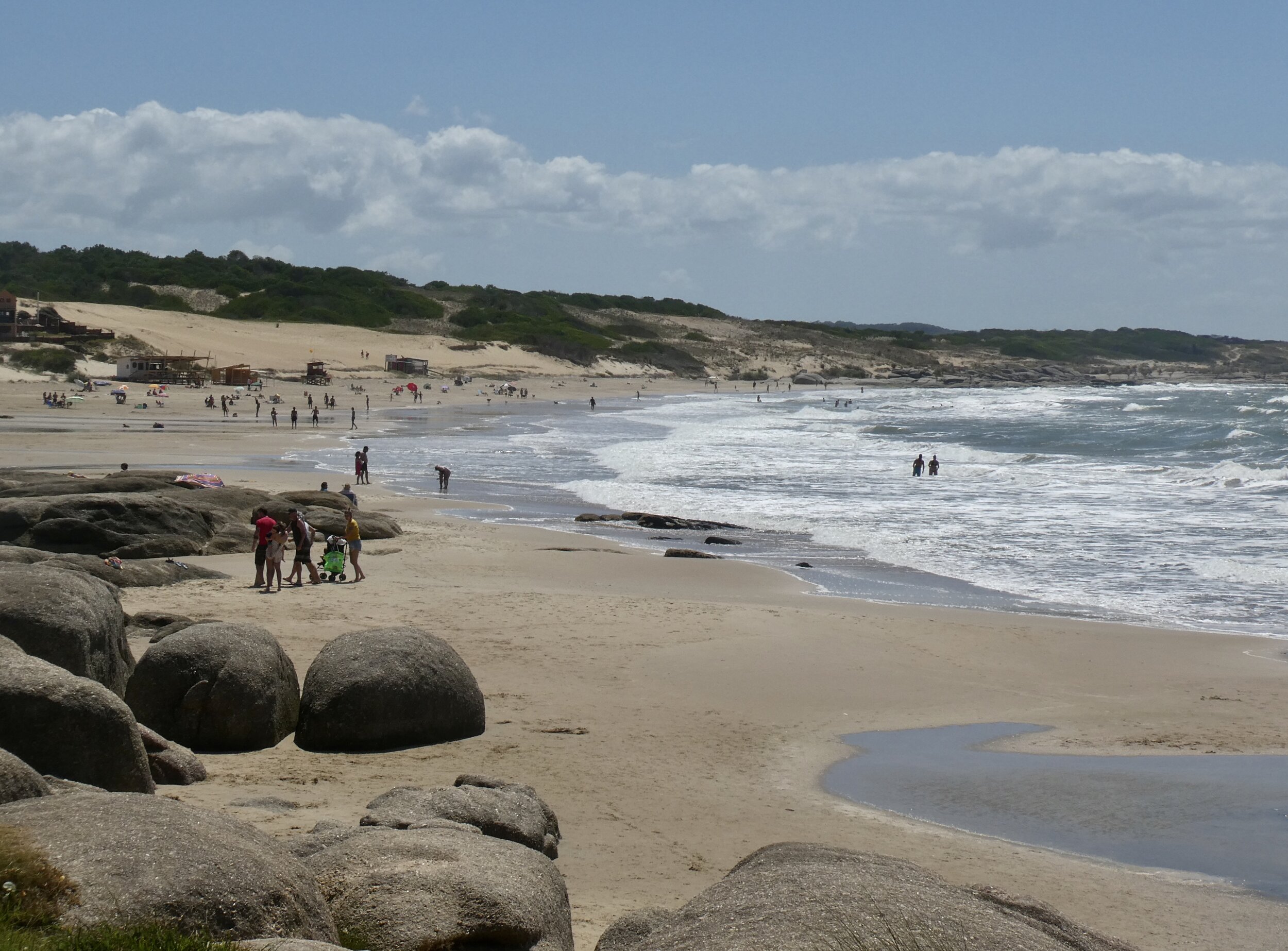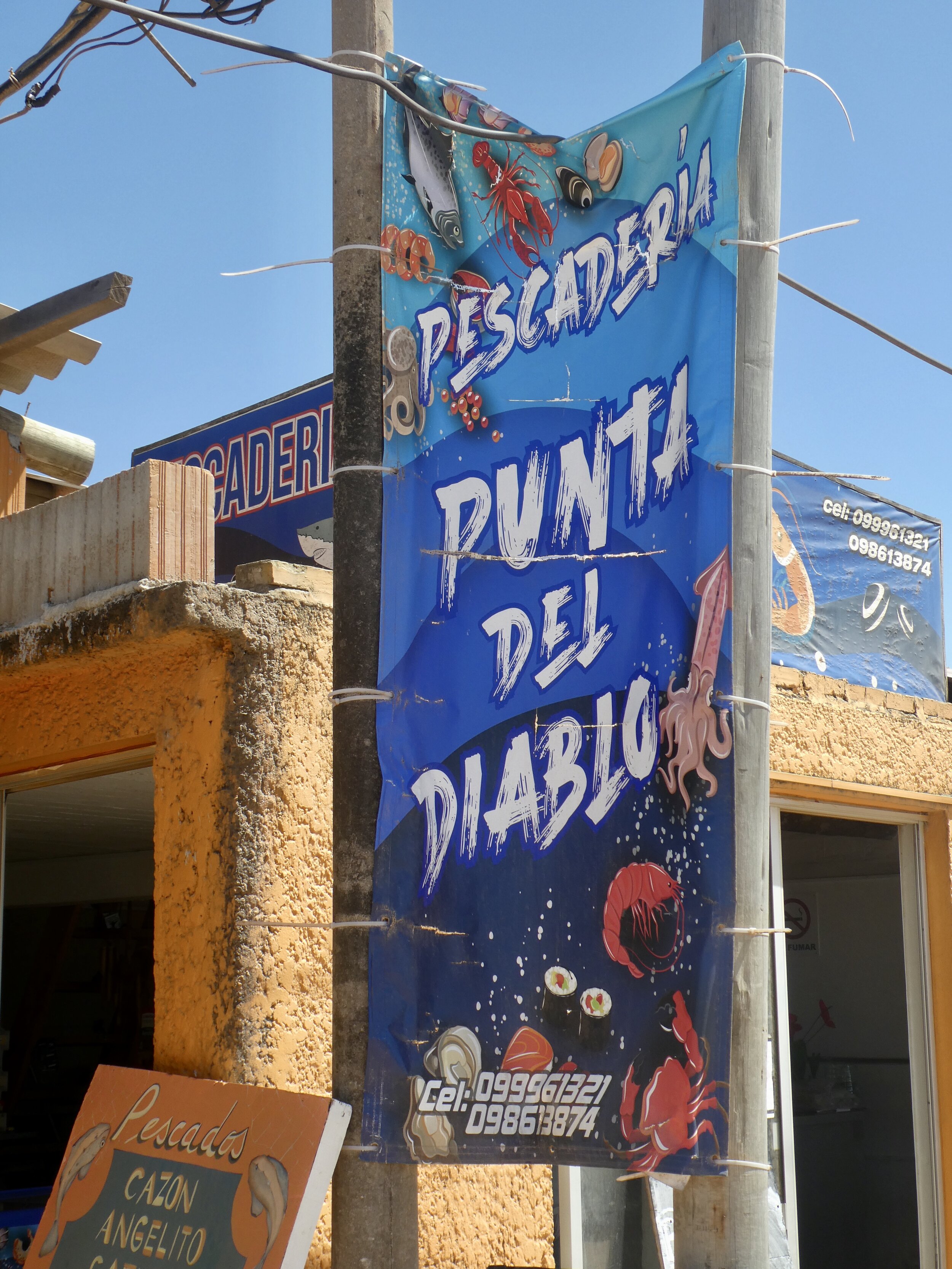The beaches along the southern coast line of Uruguay, are beautiful. I thought it would be interesting to tell you about something else that goes along with the amazing sand dunes, the boisterous sea lions, and the trendy beaches of the coast - and that something else is Uruguayan’s enjoying their ever present Mate.
Mate
This caffeine-rich infused drink is made from dried leaves called yerba mate mixed with hot water. Yerba mate leaves are dried chopped and ground into a powder. It is then drunk through a silver metal straw. The straw acts as a sort of sieve too. The reason why you often see people carrying big thermo flasks when they drink mate is because they want to keep the water warm as the mate is always refilled several times. Mate is also popular due to its high caffeine content, contributing to increased energy levels and mental alertness. One cup of green tea contains 25mg of caffeine while mate has 80mg. Although mate has multiple benefits for the individual, it also creates a sense of community: sharing mate is an important social practice that brings people together. Really it is an acquired taste sensation - as it is different from tea, even green tea. It's strong, earthy, bitter, and has a eucalyptus smell. For first time users, it tastes pretty awful.
Mate Time Is Beach Time
Let’s start with the Mate, the national drink of Uruguay. Yes everyone is out enjoying the sun and ocean, but many also have something else that occupies their time - its sipping on their mug of Mate.
In my initial travel blog I mentioned I wanted to visit the southern coast of Uruguay and see several of the most popular beach destinations. Check out my photos of three very different and uniquely Uruguayan beach destinations.
Cabo Polonio
This is a national park that has a very laid back village called Cabo Polonio. To describe it as rustic and laid back would be fair. The park is one massive series of Sand Dunes. To get to the village of Cabo Polonio, you must board a truck designed to transport people over the dunes. Once there, you quickly realize this is a fairly primitive location. No vehicles allowed, power (electricity) is on for only short periods of time each day, all walkways/roads are sand based (no asphalt), there will be no fans or air conditioners in the few hotel rooms, water and power in the rooms only works from 11am to 4pm and again from 7:30pm to 11pm. This is a great place for people who want to live a carefree type of lifestyle. Not sure if this is the correct term anymore - but I knew these people as hippies. Cabo Polonio is unusual and well worth a night stay, maybe one is plenty. The scenery, sea lion colonies and uniqueness - make it an interesting destination.
Punta del Diablo
was the second beach area I visited. This had some of the same vibes of Cabo Polonio but it also had the feel of a small fishing village with a bit of a resort area scene. There were some nicer accommodations and they all had electricity for 24 hours a day. I would also have to say it was a bit rustic looking and with March being the start of the low tourist season, places were closing down. Sand dunes dominated this town much as they did in Cabo Polonio.
Punta del Este
is where people with money come to enjoy the playas (beaches) in Uruguay. This has a totally different vibe than the two laid back beaches of Punta del Diablo and Cabo Polonio. The peninsula that makes up Punta del Este is surrounded by beautiful beaches and many apartment/condos. A beautiful harbour and plenty of trendy restaurants make this an ideal spot for enjoying the “good life” of Uruguay. One interesting note is that many of the cars parked have Argentina license plates. That is because Argentina does not have a very nice beach area and the Argentines love this destination. Many of the apartment/condos are owned by Argentines. Punta del Este, a great way to end my time in Uruguay.
La Mano
(The Hand) is a sculpture by Chilean artist Mario Irarrázabal. It depicts five human fingers partially emerging from sand and is located on Brava Beach. It is a famous sculpture that has become a symbol for Punta del Este since its completion in February 1982 and in turn has become one of Uruguay's most recognizable landmarks.
You won’t find jewellery or hammock sales people on the beaches in Punta del Este, but you will find hat and beach coverup sales people.

































